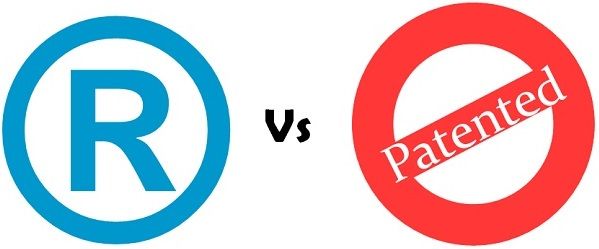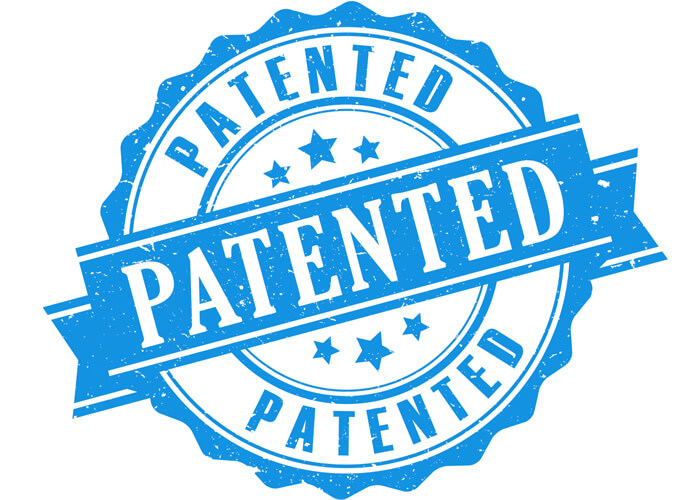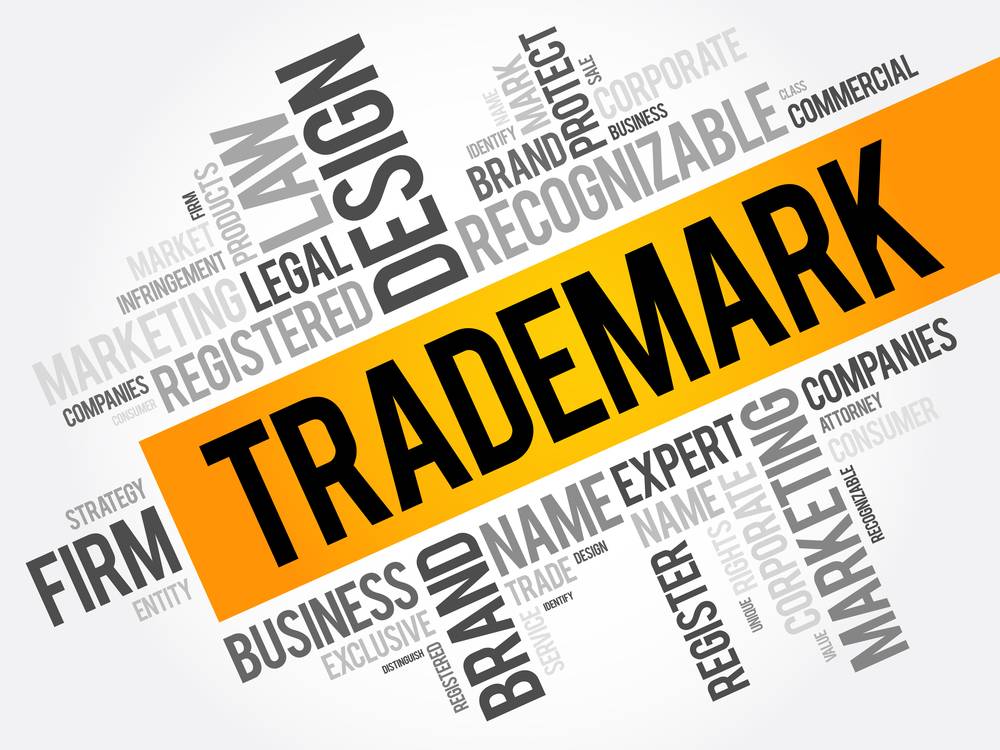When it comes to protecting intellectual property, two common terms often come up: patent and trademark. While both serve the purpose of safeguarding creators’ and businesses’ rights, they function quite differently. Understanding the difference between a patent and a trademark is essential for entrepreneurs, inventors, and creators looking to protect their work.
Get in touch

What is a Patent?
A patent is a legal right granted to an inventor or assignee for a new invention or process. It gives them exclusive rights to make, use, sell, or distribute the invention for a limited period of time. Generally, the term for patents lasts around 20 years from the filing date, depending on the type of patent.

Purpose of a Patent
Patents are designed to protect inventions that are novel, non-obvious, and useful. This protection ensures that others cannot use the patented invention without permission. Common types of inventions that receive patents include machinery, pharmaceutical products, and even unique processes.
Types of Patents
Patents are legal protections granted for inventions, providing exclusive rights to the inventor for a specified period, typically 20 years. Different types of patents exist, each designed to protect different kinds of inventions. Here are the main types of patents:
1. Utility Patents
- Purpose: Protects new inventions or discoveries related to the functional aspects of a product, process, machine, or composition of matter.
- Examples: New machinery, pharmaceuticals, software inventions, chemical compositions, and processes for manufacturing products.
- Duration: Typically 20 years from the filing date.
2. Design Patents
- Purpose: Protects the ornamental (non-functional) design of an object or product, including its shape, surface decoration, or configuration.
- Examples: Decorative elements of consumer products like smartphones, furniture, or vehicle designs.
- Duration: Typically 15 years from the date of grant (in the U.S.).
3. Plant Patents
- Purpose: Protects new and distinct varieties of plants that have been asexually reproduced (e.g., through grafting or cutting, not by seeds).
- Examples: New varieties of flowers, fruits, or trees.
- Duration: 20 years from the filing date.
4. Provisional Patents
- Purpose: Not a full patent, but a temporary filing to establish a filing date for an invention. It allows the inventor to use the term “patent pending” while they continue to develop the invention or seek funding.
- Examples: An inventor who is still working on a product and needs time to finalize their design before filing a complete utility patent.
- Duration: 12 months, after which a non-provisional patent must be filed if protection is to be maintained.
5. Divisional Patents
- Purpose: Filed when an applicant wants to split a single patent application into multiple applications, usually because the original application contained more than one invention.
- Examples: An applicant who filed a utility patent that includes several distinct inventions and wishes to protect each one separately.
- Duration: Follows the same duration as the original patent application.
6. Continuation Patents
- Purpose: Filed to modify or continue the examination of a previous patent application, often to include new claims or address office actions.
- Examples: An inventor who wants to modify or add to the original claims made in a utility patent application.
- Duration: Follows the same duration as the original patent application.
7. International Patents (PCT)
- Purpose: A mechanism for obtaining patent protection in multiple countries through a single application, under the Patent Cooperation Treaty (PCT).
- Examples: An inventor seeking patent protection in multiple countries like the U.S., Europe, Japan, etc.
- Duration: The PCT application lasts 30 to 31 months before national phase filings are required.
Each patent type serves a distinct purpose, and the requirements for filing, examining, and granting patents vary depending on the jurisdiction and the nature of the invention.
What is a Trademark?
On the other hand, a trademark is a symbol, word, or other identifier that distinguishes goods or services from one company from those of another. Unlike patents, trademarks are not limited to specific innovations or inventions, but are instead used to protect the identity of products or services.

Purpose of a Trademark
The primary purpose of a trademark is to prevent confusion among consumers. When a business uses a trademark, it can help consumers identify and associate products or services with the company. Examples of trademarks include logos, brand names, slogans, and even specific color schemes.
Types of Trademarks
Trademarks are used to protect distinctive symbols, words, logos, sounds, or other identifiers that distinguish goods or services of one party from those of others. There are different types of trademarks, each serving a unique purpose. Here’s an overview:
1. Word Marks
- Description: Protects words, letters, numbers, or combinations of these that uniquely identify a brand or product.
- Examples: Names of companies or products like “Coca-Cola,” “Google,” or “Nike.”
- Scope: Protection is granted to the word(s) themselves, regardless of the font, color, or design.
2. Design Marks (Logos)
- Description: Protects the visual design or logo that is used to represent a brand or product.
- Examples: Logos like the Nike Swoosh, Apple’s apple logo, or the McDonald’s golden arches.
- Scope: The design or symbol itself is protected, and it can include stylized fonts, images, or a combination of both.
3. Combination Marks
- Description: A combination of both text and design elements, such as words and logos together.
- Examples: The Starbucks logo (which includes both the design of the mermaid and the words “Starbucks Coffee”).
- Scope: Both the text and the visual elements are protected as a unified mark.
4. Service Marks
- Description: Similar to trademarks but specifically for services rather than physical goods.
- Examples: “FedEx” (for shipping services), “American Express” (for financial services).
- Scope: Protects the brand used in the service industry.
5. Collective Marks
- Description: Used by members of a collective group or organization to indicate membership or origin of goods or services.
- Examples: Marks used by trade associations like the “CPA” (Certified Public Accountant) or marks for co-operatives like the “Better Business Bureau.”
- Scope: Used by multiple businesses or individuals who are part of a group to signify collective membership.
6. Certification Marks
- Description: Used to show that goods or services meet certain standards or characteristics set by the certifying body. The owner of the mark does not use it but grants permission to others to use it under specified conditions.
- Examples: Marks like “UL” (Underwriters Laboratories for safety), “Kosher,” or “Organic.”
- Scope: Provides certification that a product or service meets certain criteria, such as quality or origin.
7. Trade Dress
- Description: Refers to the visual appearance of a product or its packaging that signifies the source of the product. It can protect the overall look of a product or service.
- Examples: The distinctive design of a Coca-Cola bottle, the layout of a restaurant, or the look of a store.
- Scope: Protects the design, packaging, or appearance that gives a unique identity, but it must be distinctive and non-functional.
8. Sound Marks
- Description: Protects sounds that serve as a distinctive identifier of a brand or product.
- Examples: The NBC chimes, the MGM lion’s roar, or the Intel jingle.
- Scope: The sound itself is protected as an identifier of the source of the goods or services.
9. Motion Marks
- Description: Protects moving images or animations that serve to distinguish a product or brand.
- Examples: The animated logo of “20th Century Fox,” the opening animation of the “Pixar” logo.
- Scope: The dynamic or motion aspect of the mark, including visual movement or changes over time.
10. Hologram Marks
- Description: Protects holographic images used to identify a product or service.
- Examples: A brand using a hologram as part of its packaging or logo.
- Scope: The specific hologram design or effect is protected.
11. Color Marks
- Description: Protects specific colors or color combinations associated with a brand.
- Examples: The purple color used by T-Mobile or the red color of Coca-Cola packaging.
- Scope: Protection is granted for the exclusive use of a specific color or combination of colors as a brand identifier, but it must be proven to have acquired distinctiveness.
12. Trade Names
- Description: Refers to the name under which a business operates and identifies itself. It is similar to a trademark but typically used in the context of the business itself rather than specific products or services.
- Examples: “Microsoft” as the trade name for the company, or “Coca-Cola” as the name of the business entity.
- Scope: Protects the business name itself, which may also serve as a brand identifier.
13. Well-Known Trademarks (Famous Marks)
- Description: These are trademarks that have achieved a level of recognition beyond their specific industry or geographic area, and as such, are protected even if they are not registered in certain jurisdictions.
- Examples: “Apple,” “Google,” or “Coca-Cola.”
- Scope: These marks enjoy extended protection, even in unrelated sectors, to prevent dilution or confusion.
Each type of trademark serves a unique function, and protection can be sought for various aspects of a brand’s identity. They help maintain the brand’s integrity, prevent confusion, and protect consumers from misleading or counterfeit products.
Key Differences Between Patent and Trademark
While both patents and trademarks are forms of intellectual property protection, there are several key differences between the two:
1. Nature of Protection
A patent protects an invention or process, ensuring that no one else can produce, use, or sell the patented item without permission. Trademarks, however, protect the identity of goods or services and ensure that consumers can easily identify the source of products or services.
2. Duration of Protection
The duration of protection for patents is typically 20 years from the filing date, after which the invention enters the public domain. Trademarks, in contrast, can last indefinitely as long as they are being actively used in commerce and their renewal fees are paid.
3. What Is Protected
Patents are granted for inventions or discoveries that are new, useful, and non-obvious. These inventions can be products, machines, or methods. Trademarks protect symbols, words, or other identifiers that distinguish one brand’s goods or services from another’s.
4. Application Process
The process of applying for a patent is often more complex and time-consuming than applying for a trademark. Patents require detailed documentation and often need to demonstrate the novelty and usefulness of the invention. In contrast, trademark applications are typically simpler and faster, as they only need to prove that the symbol or word is distinctive enough to represent a brand.
Conclusion
Both patents and trademarks play crucial roles in intellectual property protection. While patents protect inventions and innovations, trademarks safeguard the identity of products and services. Understanding the difference between a patent and a trademark allows creators and businesses to make informed decisions about how to best protect their intellectual property.
If you’re an inventor or business owner, seeking legal advice on patents and trademarks can help ensure that you understand the best strategy for safeguarding your work and brand.
